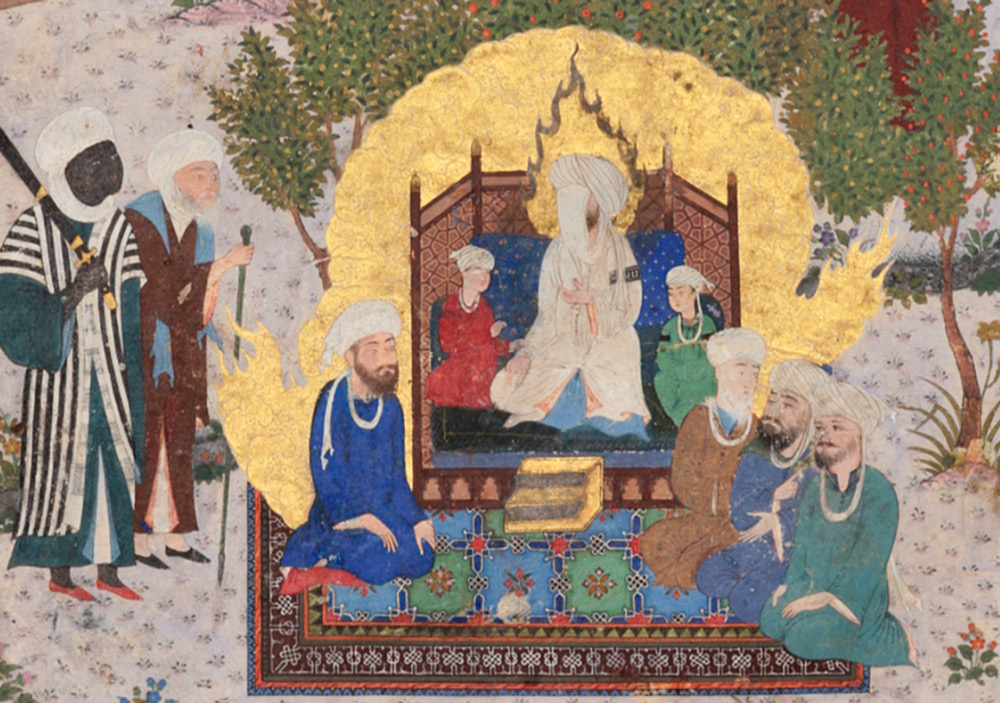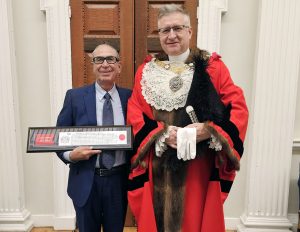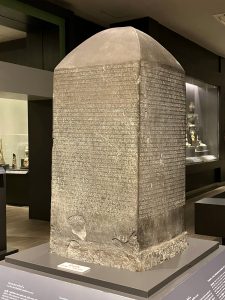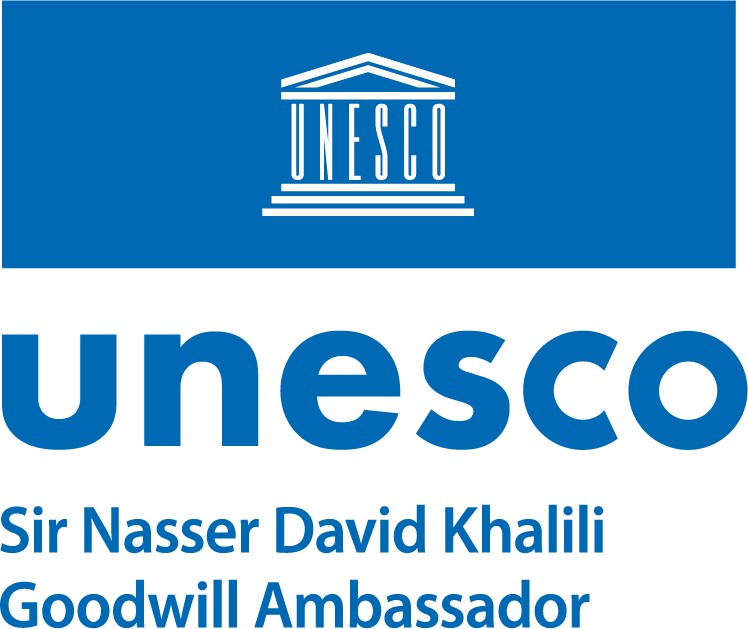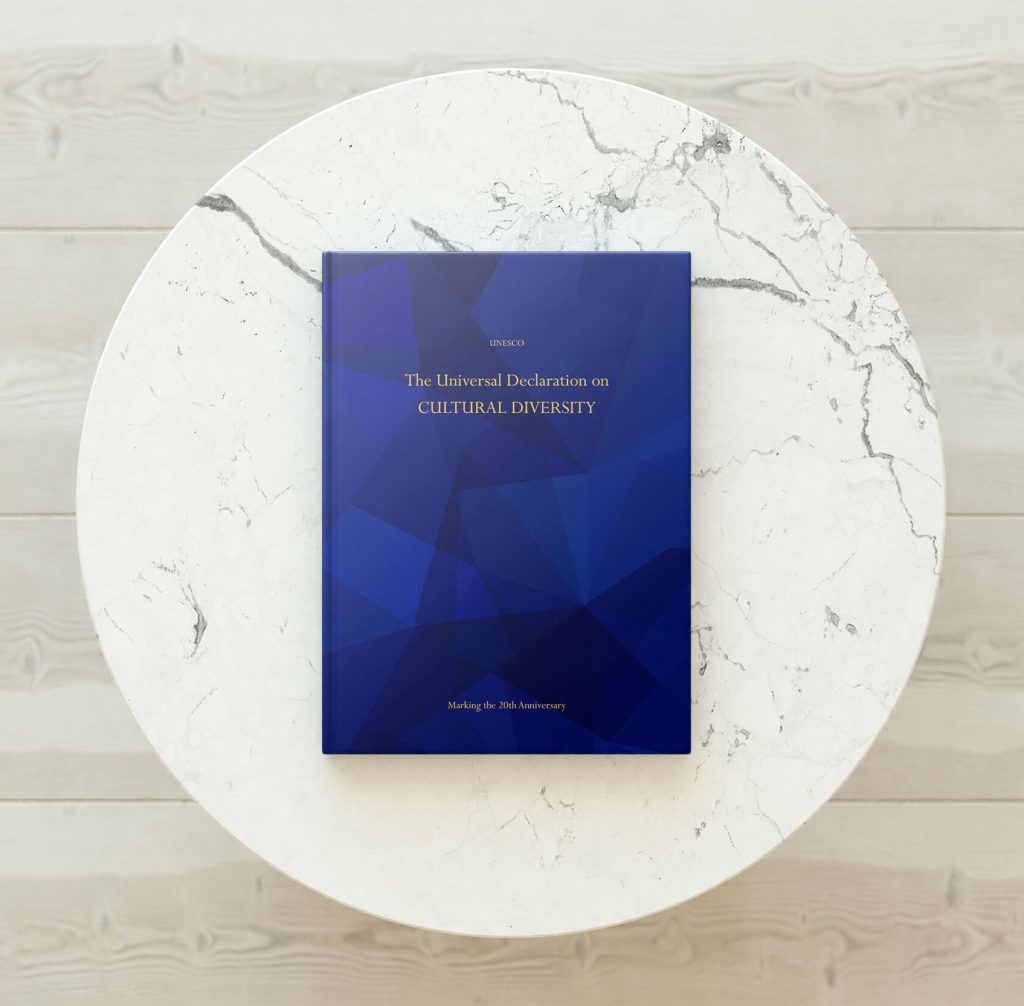How a Unique 15th century Persian Painting Exemplifies Abrahamic Unity
Historically, religious paintings usually depict one religious tradition or another. That’s what makes this 15th century masterpiece unique. An extraordinary ink, gold and watercolour painting produced in Baghdad (Iraq) or Tabriz (Iran), it offers a vivid glimpse into the shared stories and reverence that bind the three Abrahamic faiths.
At the heart of the composition looms the figure of ‘Uj, known in the Old Testament as Og, the giant king of Bashan. According to legend, this colossal son of Cain lived for an astonishing 3,000 years. The painting dramatically depicts the moment when Moses struck ‘Uj on the heel, causing the giant to fall and create a bridge across the Nile with his massive body.
This larger-than-life tale, shared by both Jewish and Islamic traditions, serves as a powerful metaphor for the connections between these faiths.
In the foreground, we find a respectful portrayal of the Prophet Muhammad, his face veiled in accordance with Islamic custom. He is surrounded by male family members and companions, including the Ethiopian Bilal, revered in Islamic history as the first muezzin who called the faithful to prayer. This grouping not only honors Islamic tradition but also highlights the diverse and inclusive nature of early Muslim communities.
The background of the painting offers yet another layer of interfaith dialogue, featuring Mary and the infant Jesus. This inclusion of central Christian figures alongside Jewish and Islamic ones speaks to the shared reverence for Jesus and Mary in all three religions, albeit in different capacities.
The Giant ‘Uj and the Prophets Moses, Jesus and Muhammad. MSS 620 | Iraq (Baghdad) or Iran (Tabriz) | early 15th century
What makes this artwork truly remarkable is its origin. It’s believed to have been part of a manuscript called “Qisas al-Anbiya'” or “Stories of the Prophets.” This popular medieval Islamic text drew heavily from Rabbinic Jewish traditions, embellishing Old Testament stories with colorful details. The manuscript’s very existence points to a time when the exchange of religious narratives and artistic traditions flowed more freely between faiths.
As we gaze upon this painting, we’re invited to reflect on the common threads that run through Judaism, Christianity, and Islam. It reminds us that despite their differences, these faiths share a rich tapestry of stories, prophets, and moral teachings. In our modern world, where religious divisions often make headlines, this artwork stands as a testament to the potential for mutual understanding and appreciation.
This captivating piece does more than just tell ancient stories—it opens a window into a time when the boundaries between faiths were more fluid, when shared narratives could bring communities together rather than drive them apart.
As we admire the artistry and symbolism within this painting, we’re challenged to consider how we might foster similar dialogues and connections in our own time.
In an age where interfaith understanding is more crucial than ever, this remarkable painting serves as both a historical treasure and a timely reminder of the deep, often overlooked connections between Judaism, Christianity, and Islam. It invites us to look beyond our differences and recognize the shared humanity and spiritual heritage that unites us all.
Read more about this painting: https://www.khalilicollections.org/collections/islamic-art/khalili-collection-islamic-art-the-giant-uj-and-the-prophets-moses-jesus-and-muhammad-mss620
Read about similar paintings: https://www.khalilicollections.org/islamic-arts
Look at more art that features Moses: https://www.khalilicollections.org/collections/islamic-art/khalili-collection-islamic-art-the-jami-al-tawarikh-of-rashid-al-din-mss727-folio-54a
Learn more about the collector, Sir Nasser David Khalili, and what inspired his passion for collecting: https://www.nasserdkhalili.com/the-art-of-peace
If you’re interested in this article and want to explore further, you can find reproductions of Persian manuscript paintings in the two volumes of The Tale and The Image: https://www.khalilipublications.com/product/the-tale-and-the-image-volume-one-history-and-epic-paintings-from-iran-and-turkey and https://www.khalilipublications.com/product/the-tale-and-the-image-volume-two-illustrated-manuscripts-and-album-paintings-from-iran-and-turkey

